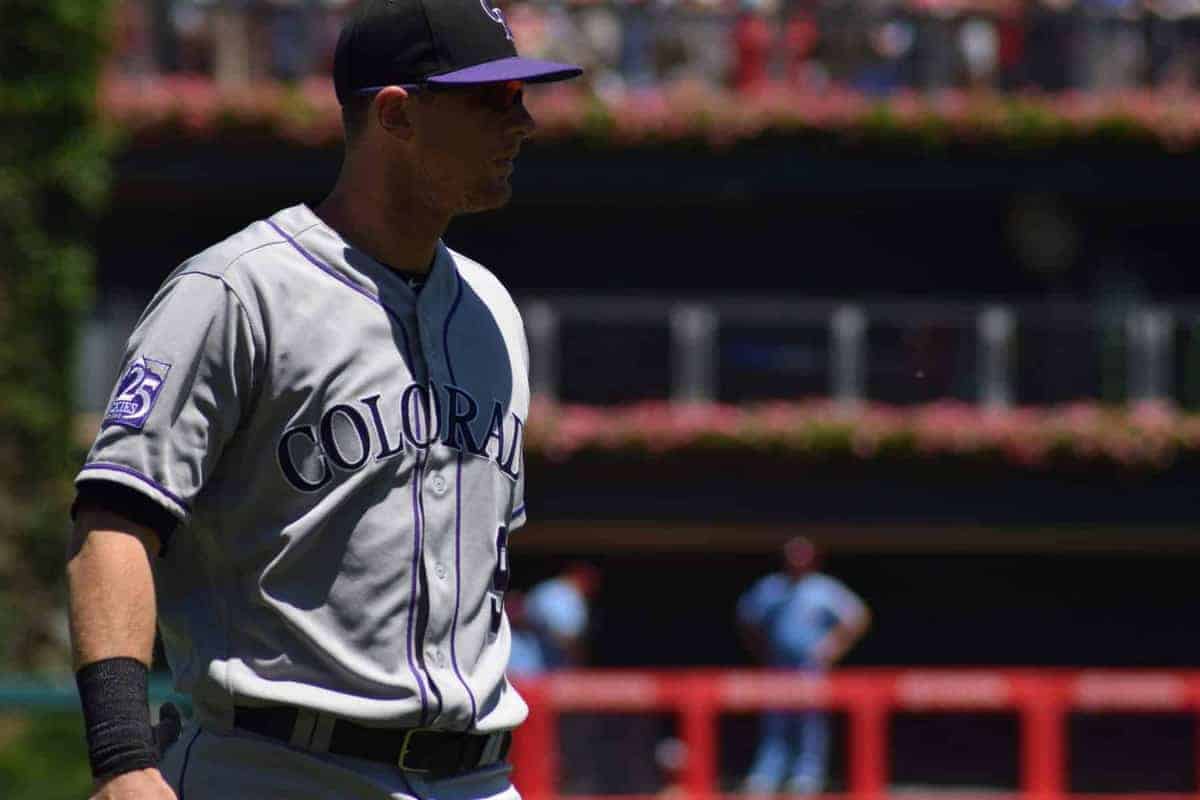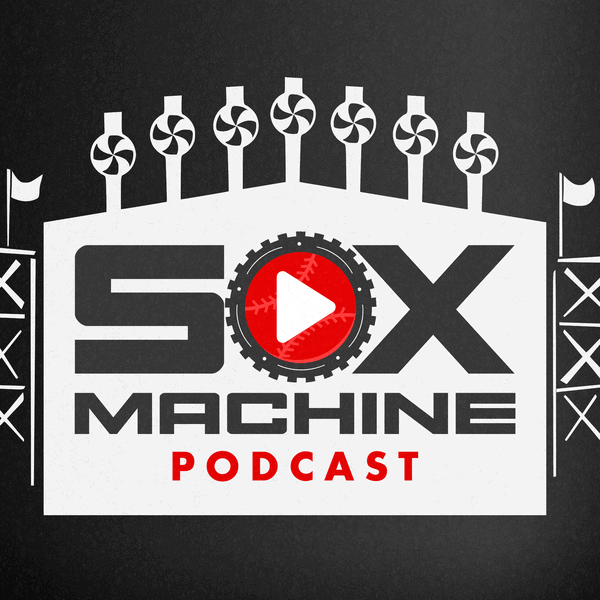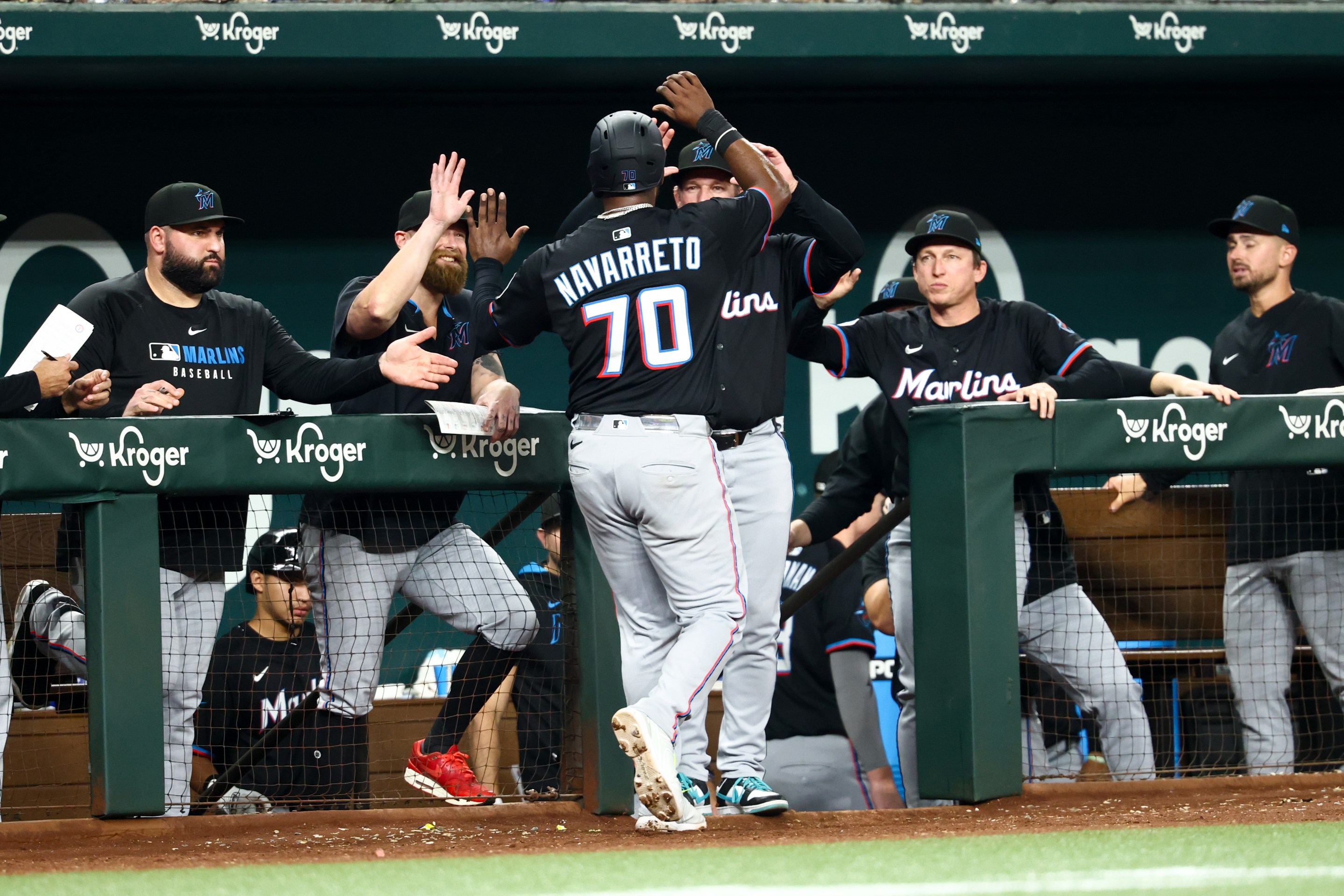On Friday, the Yankees made headlines by signing a non-headliner, mostly because it might reinforce the idea that they're only halfheartedly pursuing a real headliner.
D.J. LeMahieu is not Manny Machado, but he's an above-average second baseman. By adding him to an infield that already includes Gleyber Torres, Miguel Andujar and Troy Tulowitzki with Didi Gregorius returning by the second half, it seems to signal that the price they have in mind for Machado might not be one worth offering.
The problem with assessing the Yankees? With their spending power and cachet, they can act like they have the right of last refusal.
But Machado-tangential moves aside, I was more intrigued by the Dodgers' acquisition of Russell Martin. They traded a couple of low-minor, non-ranked prospects for Martin and $16.4 million, which covers all but $3.6 million of his remaining salary.
While Martin has aged poorly as a hitter, his defensive numbers remained strong, and he maintained the athleticism to stand on the left side of the infield. I liked him as a backup over James McCann, but then again, I liked just about every backup over McCann. It's more precise and meaningful to say I liked Martin better than most catchers who would willingly agree to be a backup. We'll see if that hunch means anything.
Also, if Matt Davidson wants to let his freak flag fly, he might get the perfect opportunity to do so:
Spare Parts
Baseball America's first draft prospect rating of the season has the first eight spots devoted to position players. Fan favorite and Oregon State catcher Adley Rutschman is first, while prep shortstop C.J. Abrams is in the third spot.
As a longtime Hall of Fame voter, Jerry Crasnick's perspective is worth considering in a different light than the non-voting/not-yet-eligible writers who panned the pick: "As a long-time Hall voter, my initial reaction to the news was, "How could we have gotten it this wrong?’’
In a first-person piece, Micker Adolfo talks about how close he came to avoiding Tommy John surgery before his elbow gave way.
It doesn't seem like the White Sox are going to go there, but seeing Robinson Cano move from Seattle to the Mets five years into a 10-year deal made me indifferent toward the prospect of giving a decade to Machado. I agree with Cliff Corcoran's conclusion:
Yes, 10-year contracts are, generally speaking, a bad idea, and the track record, overall, isn’t sparkling. However, if the player your team is targeting will still be in his mid-30s in year 10, he’s a true impact player, and a 10-year deal is what it will take to land him — all of which may be the case for both Harper and Machado — there’s not as much risk involved as it seems.
Marcus Semien is one former Sox prospect I've followed with interest since his trade, mostly because his improvement at the most demanding position at the highest level, while rare, is one of the things that allows one to have hope for any limited player. His work with Ron Washington transformed him from a defensively limited utility player into an above-average defensive shortstop, and it sounds like it was a lot of work.
“I wasn’t even holding my glove correctly,” Semien said. “Wash had to tell me to spread my hand to give the glove the widest surface, and then give the glove a push through the ball to eliminate any funky hops.” [...]
“He was at a level of confusion,” said Washington. “Marcus was playing shortstop and he had no direction; that’s how I saw it. I just didn’t see the knowledge of how to play the position, the little intricacies. That was missing.”





